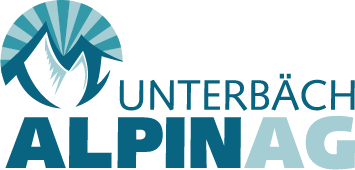While WebP offers great compression and file size benefits, its main disadvantage is limited support in older browsers and devices. Although most modern browsers support WebP, some older versions may not, requiring fallback formats like PNG or JPEG. Additionally, WebP’s advanced features, such as animation, can sometimes be more complex to implement than simpler formats. Optimizing images for the web requires not only selecting the right format but also ensuring that every visual asset is as clean and efficient as possible.
WebP vs PNG: A detailed comparison
While initially, Should you prefer WebP image format to PNG it faced limitations in compatibility, major browsers such as Google Chrome, Mozilla Firefox, Microsoft Edge, and Opera now support WebP. This widespread acceptance has fueled its adoption and encouraged web developers to leverage its advantages for improved web performance. GIF (Graphics Interchange Format) is perfect for simple animations and graphics with few colors, often used in memes. Some older browsers and operating systems may not support WebP images, which could result in broken or missing images on your website. We hope this article helped you learn about WebP vs. PNG vs. JPEG to find the best image format for WordPress.
How does WebP works?
- WebP images are up to 34% smaller than comparable PNG images, which can improve website speed and reduce bandwidth usage.
- WebP stands out for its ability to offer high-quality images with smaller file sizes, supporting both lossy and lossless compression, transparency, and animations.
- PNG, being inherently a lossless format, lacks the same degree of optimization for file size reduction.
- As with the JPG vs. WebP comparison, the command used to generate a lossy WebP file is cwebp -q quality input -o output.
- Many WordPress website builders and image gallery plugins also support JEPG images.
- Use cases for PNG files include images that require high resolution and transparency, such as logos, icons, and detailed graphics.
- Yes, WebP supports lossless compression, meaning it can retain all the original image data without any quality loss.
Smaller, optimized images contribute to faster page loads, which can improve your search engine rankings. WebP and PNG support transparency, making them ideal for graphics and logos requiring a transparent background. However, WebP offers Computer programming better compression for transparent images, resulting in smaller file sizes.
When to use PNG
It also supports transparency and animations, making it versatile for a range of applications. PNG is preferred for images with transparency, such as logos or icons, while JPEG is suitable for photographic content where some loss in quality is acceptable for smaller file sizes. Consider browser compatibility and ensure your WordPress setup supports WebP if you opt for it.
Optimizing Images for Websites: When to Use WebP vs. PNG
This can be achieved using or HTML tags with the srcset attribute or through server-side solutions like content negotiation. WebP images are up to 34% smaller than comparable PNG images, which can improve website speed and reduce bandwidth usage. For instance, if you are a photographer who posts color-heavy pictures on your WordPress website, then JPEG is the best image format to use.
- Utilizing this format can significantly reduce file size while maintaining excellent image quality.
- Created by Google, WebP provides superior lossless and lossy compression for images on the internet.
- Its development was driven by the need for a format that addressed the shortcomings of GIF, particularly in terms of its limited color palette and patent encumbrance.
- Optimized PNG images can also contribute to SEO, particularly when high-quality visuals are essential for user engagement and content presentation.
- While the image does not have any transparency, the subtle pattern detail in the background and ticket graphics make it a prime candidate for PNG.
- Its innovative compression algorithms typically result in files that are significantly smaller compared to formats like JPEG or PNG, making it an ideal choice for web-based media.
